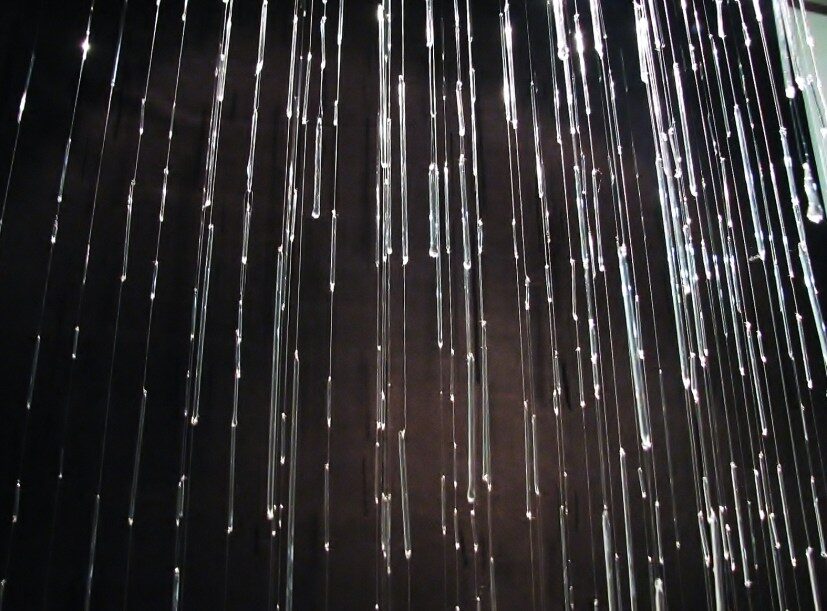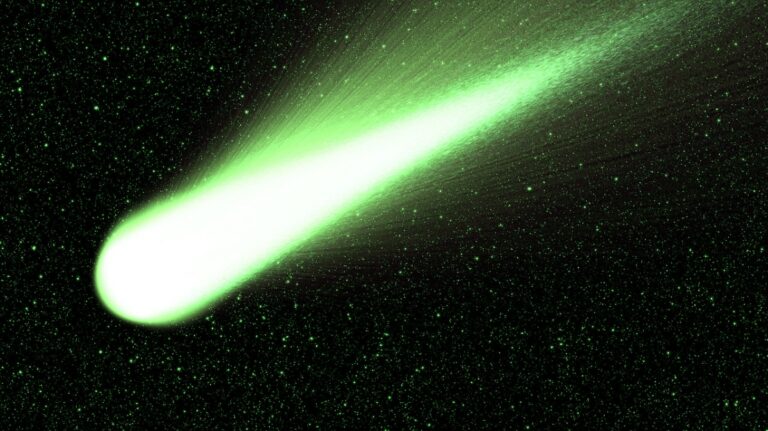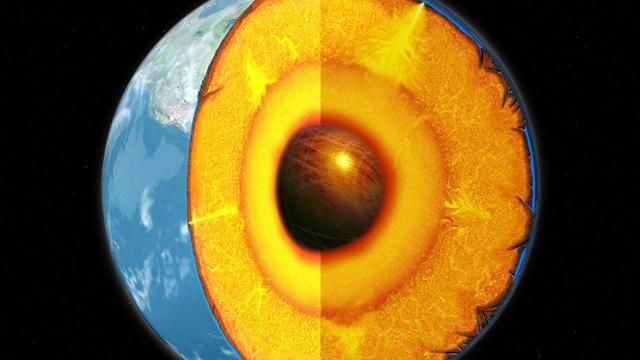Exoplanet Watch: Bad Weather On HD189733 b

HD189733 b is not your ideal vacation location. It might look pleasant from a few million miles away, but on the surface you’ll find 5,400 mph winds and sideways raining glass.
Lying a mere 63 light-years from Earth, HD189733 b would easily recognizable because of its bright blue complexion. But you shouldn’t be fooled into thinking this is some kind of aquatic paradise. In fact, the features and climatic conditions on the surface of this planet are thought to be truly terrifying.
Discovered in 2005, HD189733 b is thought to be a brilliant shade of blue, a discovery made possible with the assistance of NASA’s Hubble Space Telescope and other instruments. Whilst it may look like our own planet from a distance, the planets couldn’t be more different. Firstly, the wind on the planet blows at a brisk 5,400 mph. That’s seven times the speed of sound and keep in mind that the fastest wind on Earth ever recorded was a mere 213 mph. If the unimaginable winds were not enough to stop you from visiting, the sideways raining glass might be.
The orbit of the planet is also rather peculiar. A year on the planet lasts only 2 of our own Earth days. This type of orbit will usually cause a planet to be tidally locked; meaning one side of the planet will be fundamentally different from the other.
If the planet is so different from Earth, then why does it have such a striking resemblance? Experts at NASA have said that they believe the answer lies in the chemistry of the planet’s atmosphere.
“The cobalt blue color comes not from the reflection of a tropical ocean, as on Earth, but rather a hazy, blow-torched atmosphere containing high clouds laced with silicate particles.”
The Hubble Space Telescope, which will soon be replaced by the recently completed James Webb Space Telescope, has made many high profile discoveries in its extensive service. It recently discovered another odd exoplanet that takes 7 of our years to orbit its 2 stars which lie around 7 million miles from each other. Hubble will continue to search for other worlds, even when the JWST is operational, and will undoubtedly provide us with more interesting finds in the future.





